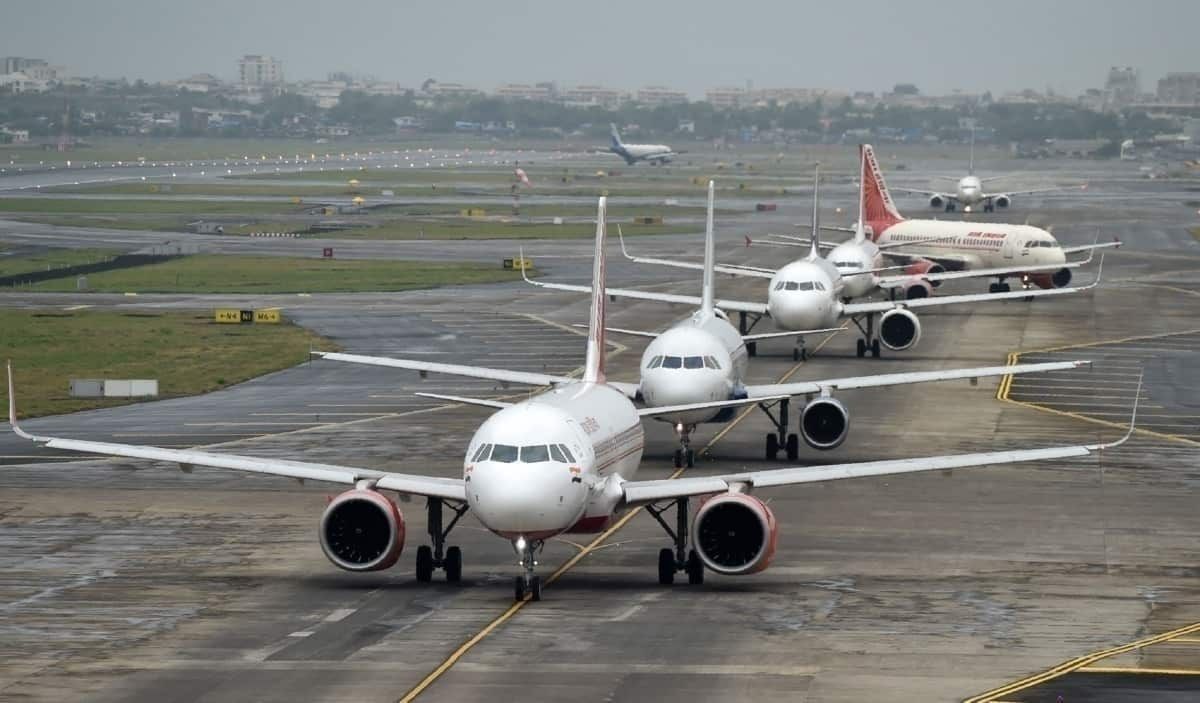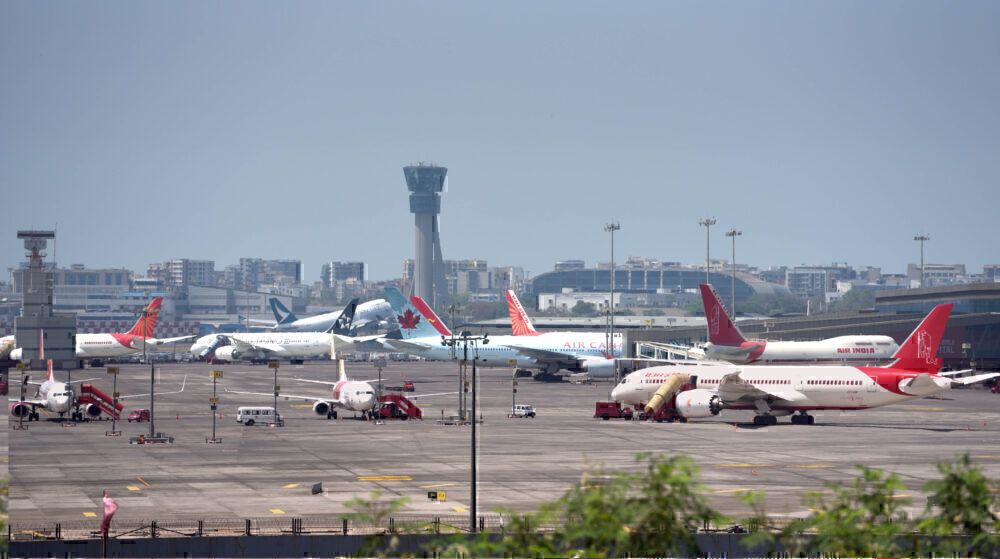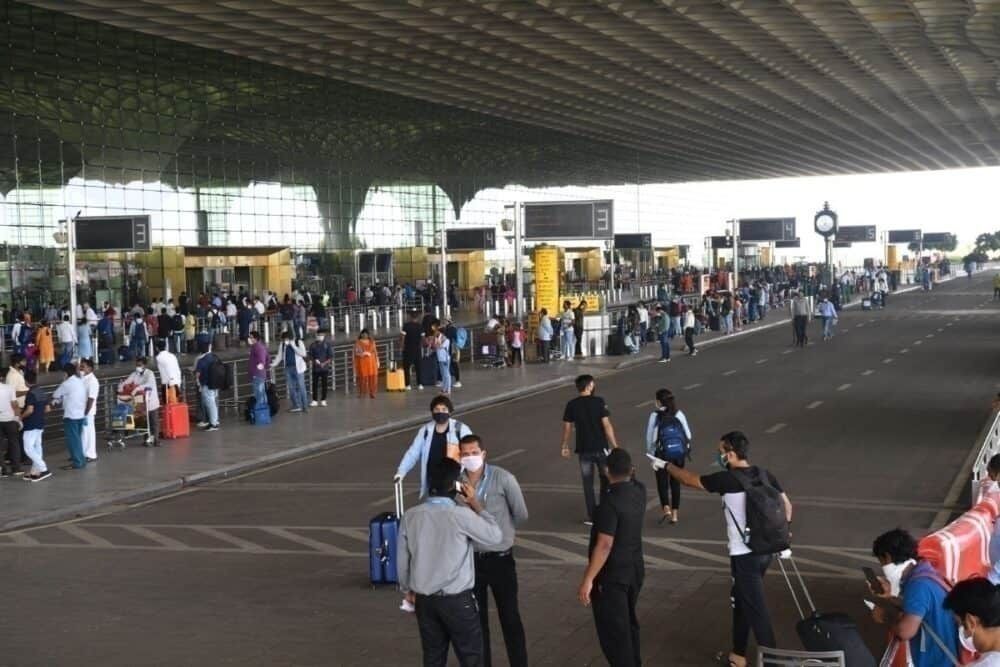Barely a month after reopening both terminals, Mumbai Airport is moving all flights back to a single terminal. Starting April 21st, all flights will depart and arrive at Terminal 2, the newer international terminal. The move comes after India, and particularly Mumbai, has been heavily impacted by the second wave of cases, prompting falling passenger numbers.
Downsizing
According to a statement seen by NDTV, Mumbai Airport has decided to close Terminal 1 once again. T1 reopened on March 10th, as domestic traffic continued to rise and passenger demand seemed to be on track for a full recovery. However, the situation has significantly changed in just a few weeks.
Starting April 21st, all airlines will once again move their passenger operations back to Terminal 2. This applies to all domestic and international flights (which have always been in T2), so plan your travel accordingly.
The decision to close T1 again will impact operations for GoAir, Star Air, TruJet, AirAsia India, and select flights flown by IndiGo. IndiGo continued to operate a majority of its flights out of T2, making the shift relatively seamless. However, other airlines could be frustrated by the changing decisions.
The decision to close a terminal comes with its pros and cons. The closing of T1 will save costs for the airport operator and help streamline services. However, consolidating to T2 will also mean that passengers could face overcrowding and lack of social distancing in the near future.
Stay informed: Sign up for our daily and weekly aviation news digests.
Recovery hurt
As India crosses 200,000 daily COVID-19 cases and over 1,000 deaths, the aviation industry has started to take a beating. Passenger numbers have fallen for the last three weeks and will likely continue to do so until the second wave of cases has been contained. Along with this, airline load factors have also been hurt, pushing carriers deeper into the red.
Mumbai, and the state of Maharastra, have been reporting the highest number of cases in the country. This has led to a partial lockdown in the city and seen domestic passenger numbers fall as travelers stay away for now. Mumbai has seen over 9,000 daily cases alone, while Maharastra racks up over 60,000.
Considering the decline in domestic traffic and negligible international flights, there is likely little reason to operate two terminals for now. Until cases begin to fall and travelers return, it's unlikely we will see T1 reopen, which could take months.
Airlines hurt
For airlines, the second wave has dashed all hope of a full domestic recovery by this summer. Wednesday saw passenger figures fall below 200,000 for the first time in over two months, signaling a continuing downward spiral. This is a far cry from the peak of 313,000 passengers at the start of March, when cases remained extremely low.
For now, carriers are bracing for another difficult quarter and hoping that traffic bounces back as swiftly as it did after the first wave.
What do you think about Mumbai Airport's decision to close T1? Let us know in the comments!



